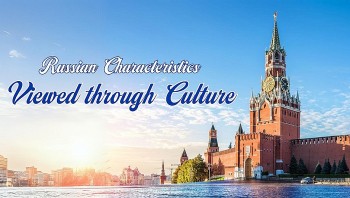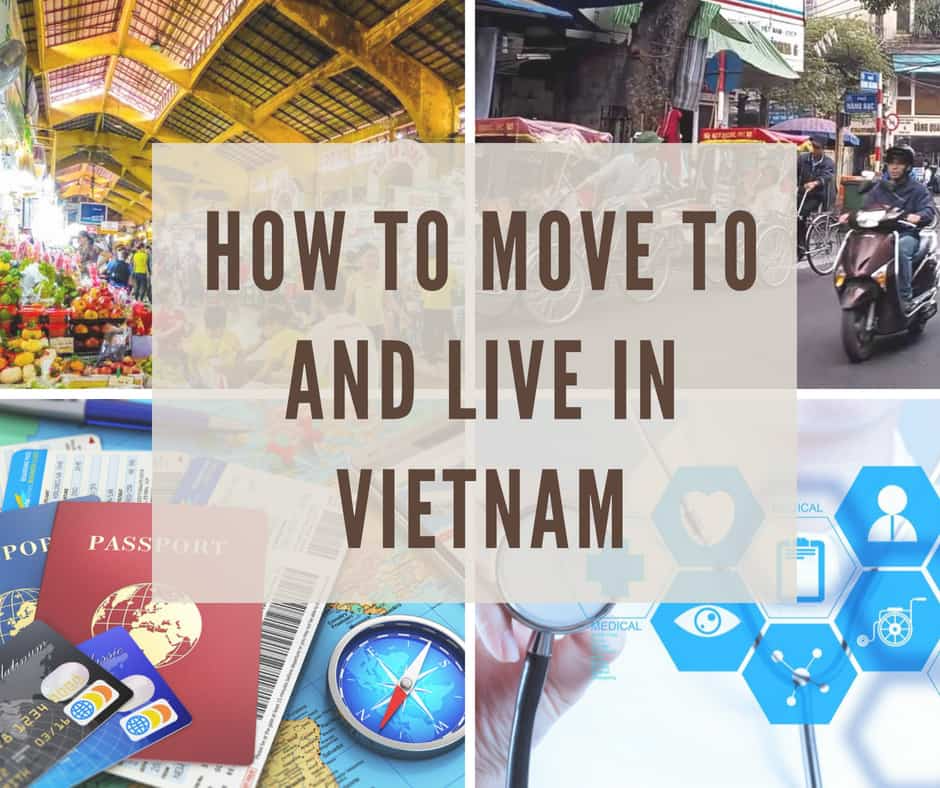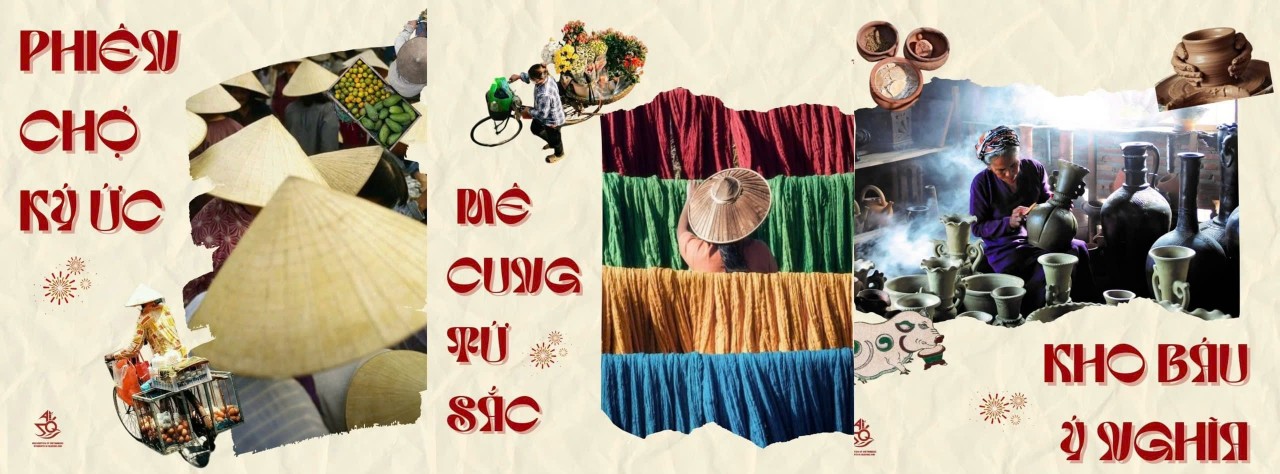Their fathers were enemies, but the children of Vietnam’s dead share a bond
Susan Mitchell-Mattera leaned her small American flag and the framed picture of her family against the black stone of the Vietnam Veterans Memorial on Thursday and raised her father’s old harmonica to her lips.

Vu Ngoc Xiem visits the Vietnam Memorial with as part of the 2 Sides project, a documentary featuring men and women who lost parents on both sides of the Vietnam War. (Evelyn Hockstein/For The Washington Post)
As she played the opening notes of taps, Vu Ngoc Xiem, a veteran of the North Vietnamese army whose father was killed in an American bombing attack during the war, reached out and steadied her hand.
Up on the wall, at Panel 14W, Row 14, was the name of Mitchell-Mattera’s father, James C. Mitchell Jr., a sailor who was killed when his helicopter was shot down in 1970, days before he was to come home. He was 24.
Mitchell-Mattera played only a few notes, but they hung in the humid air on an overcast day when the Wall was just starting to dry from the overnight rain, revealing the names of the 58,000 American dead in the Vietnam War.
It was one part of an emotional morning as Vietnamese and American children of parents killed on opposite sides in the war gathered to honor lost fathers and mothers and to embrace each other as brothers and sisters.
There were many tears and hugs on both sides, and the laying of hands on the dark stone.
At the start of the Memorial Day weekend, the group was visiting Washington for the debut of a documentary about children who lost parents to the Vietnam War.
The film, which was shown Thursday at the GI Film Festival at the Navy Memorial in Northwest Washington, is part of the 2 Sides Project, an enterprise launched two years ago by Margot Carlson Delogne, 52, as she sought to fill the void left by the absence of her father, who was killed in the war.
The nonprofit aims to connect sons and daughters who lost parents on both sides of the Vietnam War.
In 2015, Carlson Delogne took a film crew and a small group of Americans who had lost fathers in the war to Vietnam. They visited sites where their fathers were believed to have been killed and met with Vietnamese who had lost fathers and mothers in the fighting.
Several of the Vietnamese encountered on the trip, including Vu, 65, a veteran and retiree from Ho Chi Minh City, formerly Saigon, were invited to Washington for the opening of the film and the weekend’s commemorations.
The Vietnamese had never been to the United States before.
They included Nguyen Thi Hong Diem, 49, also of Ho Chi Minh City, whose father and mother were killed fighting for the insurgent Viet Cong, and Dang Thi Le Phi, 53, of Da Nang, whose father died in the war when she was 2.

From left to right: Bui Van Nghi from the Vietnam USA-Society, Dang Thi Le Phi, Nguyen Thi Hong Diem and Vu Ngoc Xiem. (Photo: Facebook/2 sides project)
They were joined by several Americans who had made the trip in 2015. Among them were Ronald R. Reyes, 49, of Moorpark, Calif., whose 19-year-old father, Ronald, was killed serving with the Marines at Khe Sanh in 1968, and Mitchell-Mattera, 52, a nurse from Carson, Calif., whose father was shot down over the Mekong River Delta, in what was then South Vietnam.
The group arrived at the memorial at 10 a.m., with Vu bearing a bouquet of flowers to leave there.
After a translator helped explain how the names are arranged on the Wall, and Reyes described it as “like a scar in the ground,” the group descended the path into the memorial, which was thronged with visitors.
They paused at the center. Vu placed his flowers and spoke on behalf of the Vietnamese.
In an interview earlier in the week, he explained that his father was killed manning an antiaircraft battery at the Ham Rong Bridge near Thanh Hoa against a fierce bombing campaign the Americans called Operation Rolling Thunder.
His father, Vu Ngoc Sam, then in his 40s, had been fighting in the army since the Vietnamese enemy had been the French.
He was rarely home, his son said, and the family saw him mainly when he passed their rice farm in Nam Dinh Province, south of Hanoi, on the march.
After the attack on the bridge, in 1965, there was nothing left of his father, no body to bury. So the family erected a small tomb near their home and left it empty.
More tragedy struck two years later, when Vu was in high school. He was 16 and a class leader. He had been outside checking the school’s adjacent bomb shelters when U.S. jets attacked.
To illustrate, Vu lined up a candy bar, a package of cookies and a small recorder case on a hotel lobby countertop to show how the three buildings of his high school were arranged.
One bomb landed beside the first school building, he indicated with his finger. Another bomb landed near the third building. But the middle building suffered a direct hit.
The shock waves blew him off his feet and into a pond, he said. He recovered, ran to the destroyed building and began trying to dig out his classmates.
Dozens of them, and a teacher, were killed, he said.
The incidents filled him with hostility, he said, and he went on to become a war correspondent during the closing chapters of the conflict.
Thursday, as he stood before the Wall in a coat and tie, hands clasped before him, he spoke of peace and healing.
“We are the sons and daughters of the Vietnamese war martyrs,” he said through an interpreter. “We want to heal the wounds of the war . . . the pain and sacrifice and losses on both sides. Today I’m very moved standing here. I am the son of a war martyr, and also a veteran.”
But “we travel on the same road,” he said. The Vietnamese and Americans embraced and wept.
Then the group went to see the names of the American fathers.
When they reached the carving of Ronald Reyes’s father’s name, the son used his necktie to wipe moisture from the stone.
His father was a skinny teenager from La Puente, Calif., who joined the Marines and was killed in the fighting around Khe Sanh on March 30, 1968, weeks after his 19th birthday.
Reyes said his father’s spirit has followed him his whole life.
As he held his hand over his father’s name Thursday, Vu pressed his hand over Reyes’s in a sign of affection.
When the group got to the name of Carlson Delogne’s father, Air Force Capt. John W. Carlson, on Panel 13E, she said: “My father’s name is not touchable. It’s too high up.”
But she explained how to count down from the top to Row 18, where he was listed.
Carlson Delogne, a resident of Walpole, Mass., was 2 when her father was shot down in an Air Force jet Dec. 7, 1966. His body has never been found, and although he has a tombstone in Arlington National Cemetery, there is no grave.
She said she remembers nothing of him.
“I have searched long and hard in my memory, and I have just nothing,” she said in an interview this week. “I’ve asked over the years people who knew him, ‘What was he like?’ Always searching for what in me is from him.
“I’ve never had a satisfying answer,” she said.
Carlson Delogne also studied his letters and papers and listened to some of the cassette tapes he sent home to his family.
At the same time, she detested Vietnam for taking her father. “I had a hatred toward it,” she said.
But her attitude started to change when she met other children of Americans killed in Vietnam. And she realized that bombs dropped by her father may have killed the fathers of Vietnamese women./.
VNF (According to the Washington Post)
Most read
Recommended
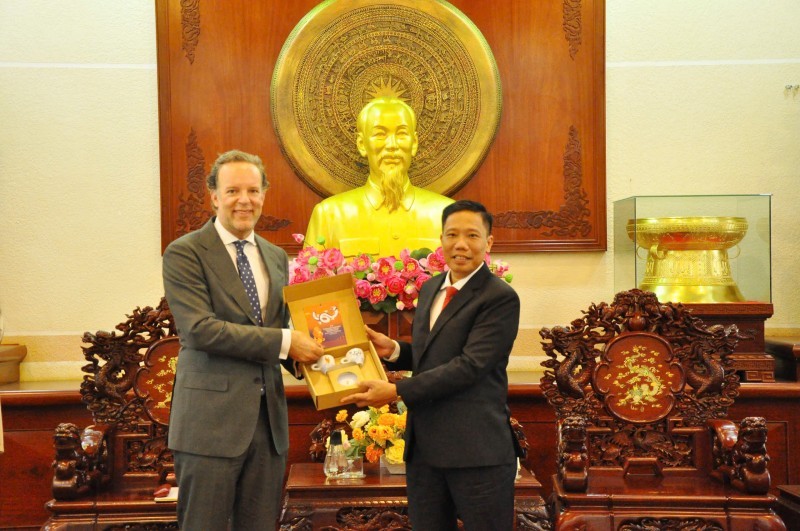 Friendship
Friendship
Can Tho Engages the Netherlands in Green and Sustainable Development Projects
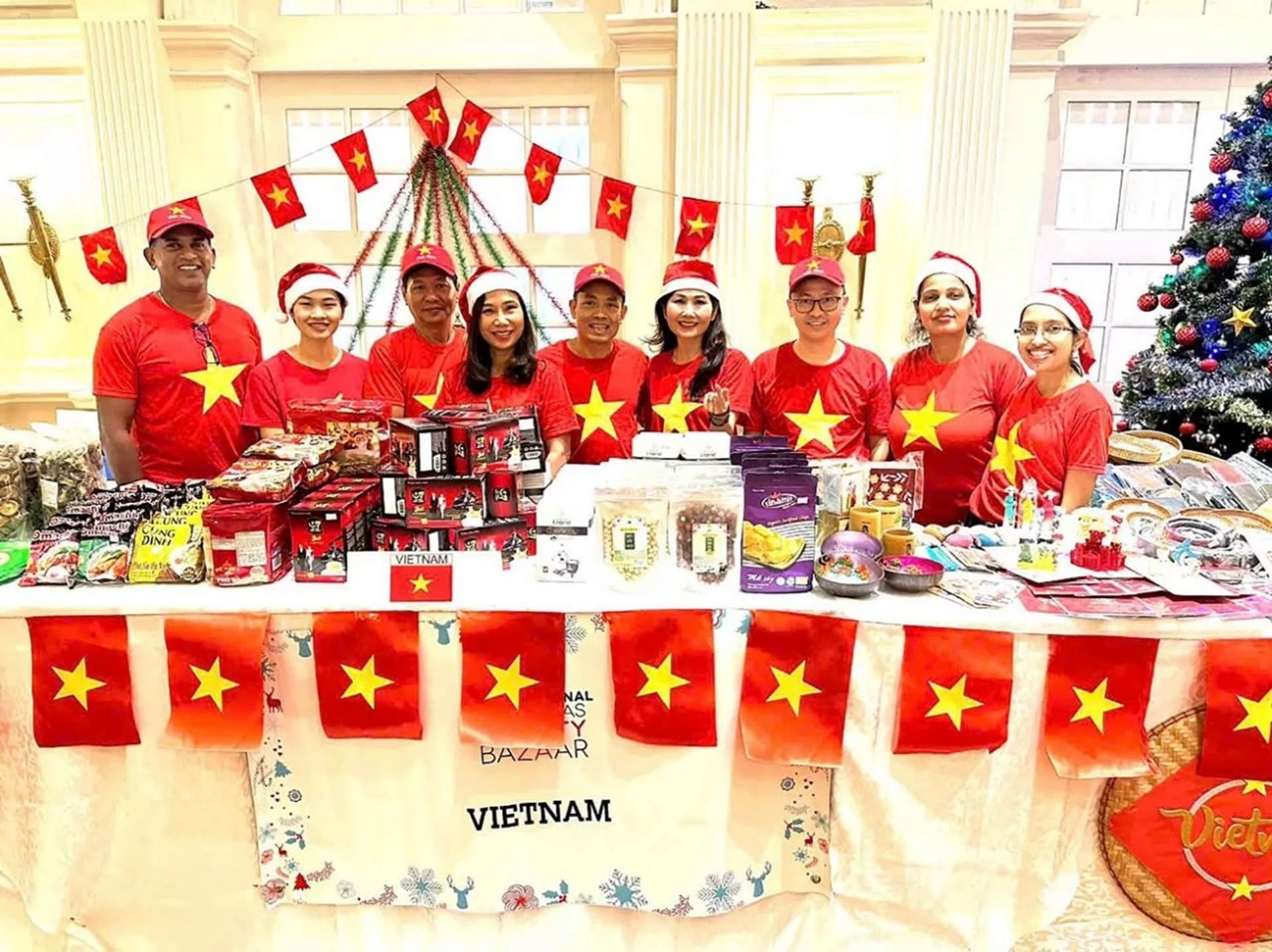 Friendship
Friendship
Vietnamese Embassy to Sri Lanka Joins International Christmas Charity Fair 2024
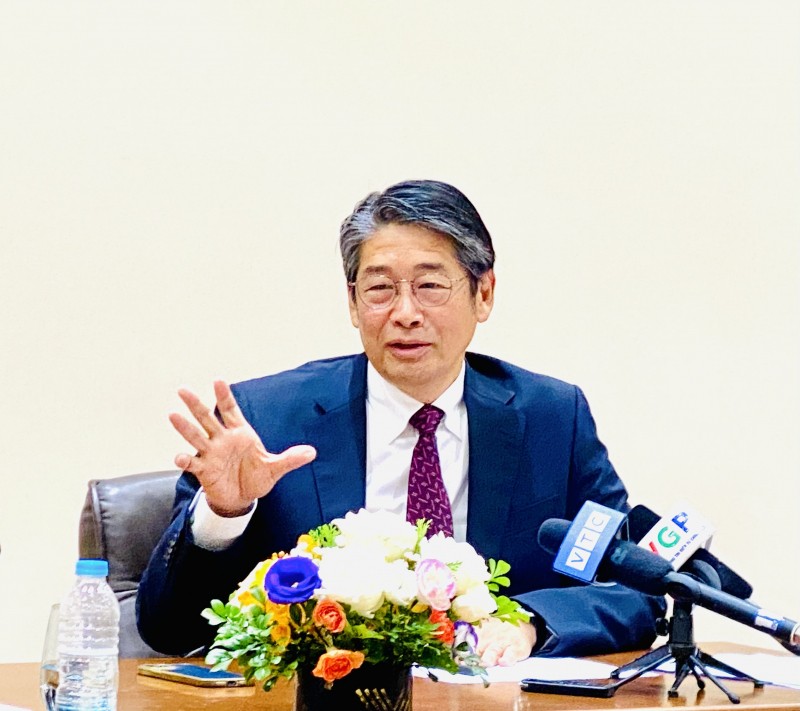 Friendship
Friendship
Japan Remains Committed to Vietnam's Development
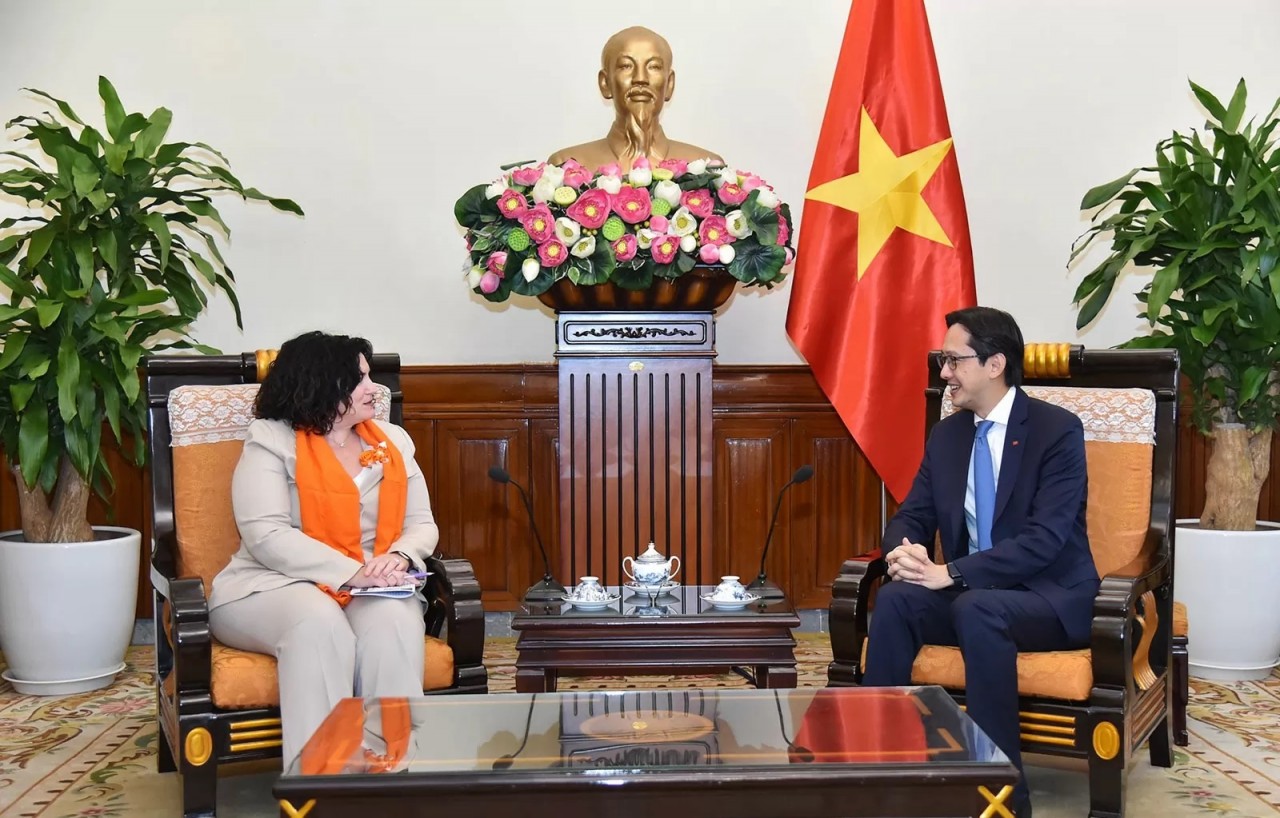 Friendship
Friendship
UN Women Remains Close Collaboration with Vietnam for Gender Equality and Women's Advancement
Popular article
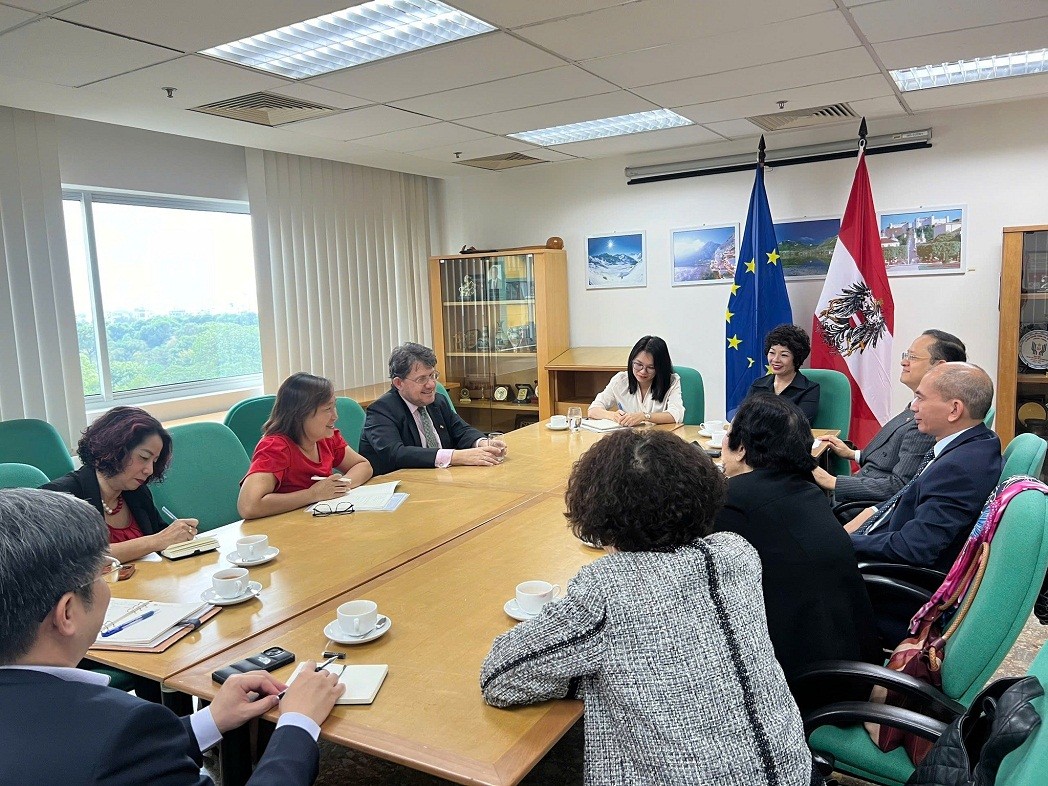 Friendship
Friendship
Vietnam - Austria Friendship Association, Austrian Embassy Determine 4 Priority Areas of Cooperation
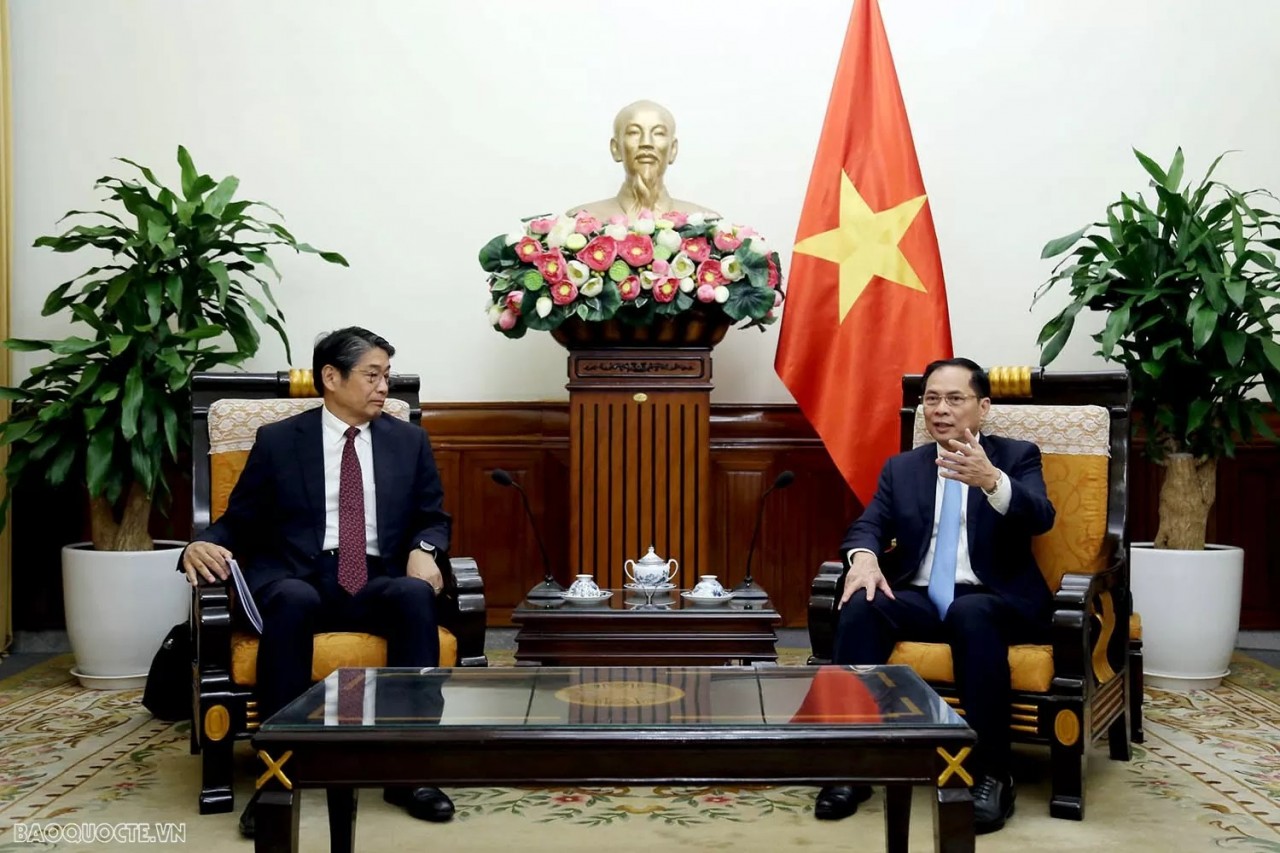 Friendship
Friendship
Vietnam-Japan University - Symbol of Bilateral Cooperation
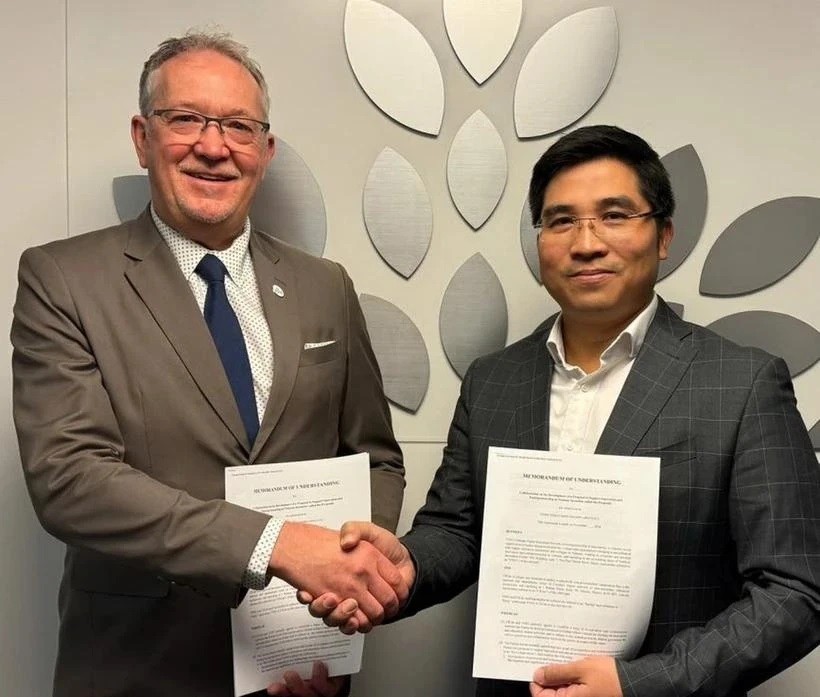 Friendship
Friendship
Vietnam-Canada Sign MoU in Science, Technology Cooperation
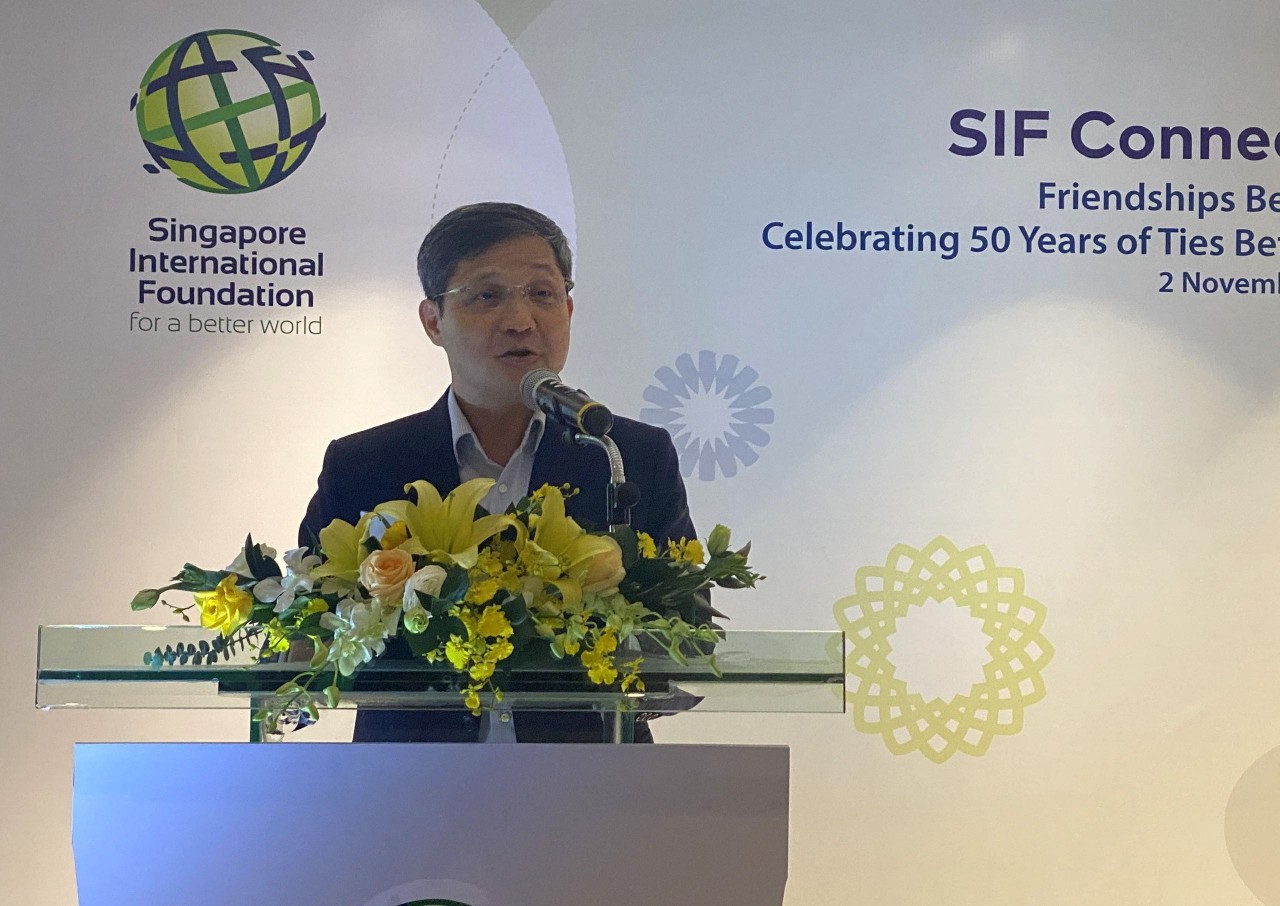 Friendship
Friendship

